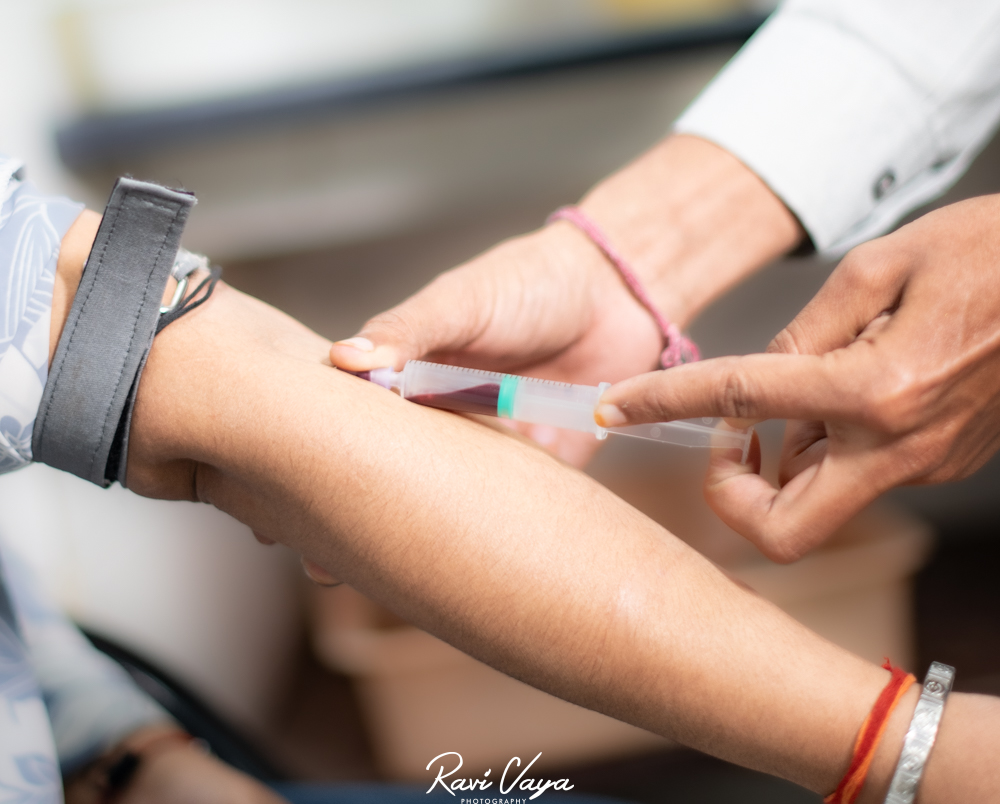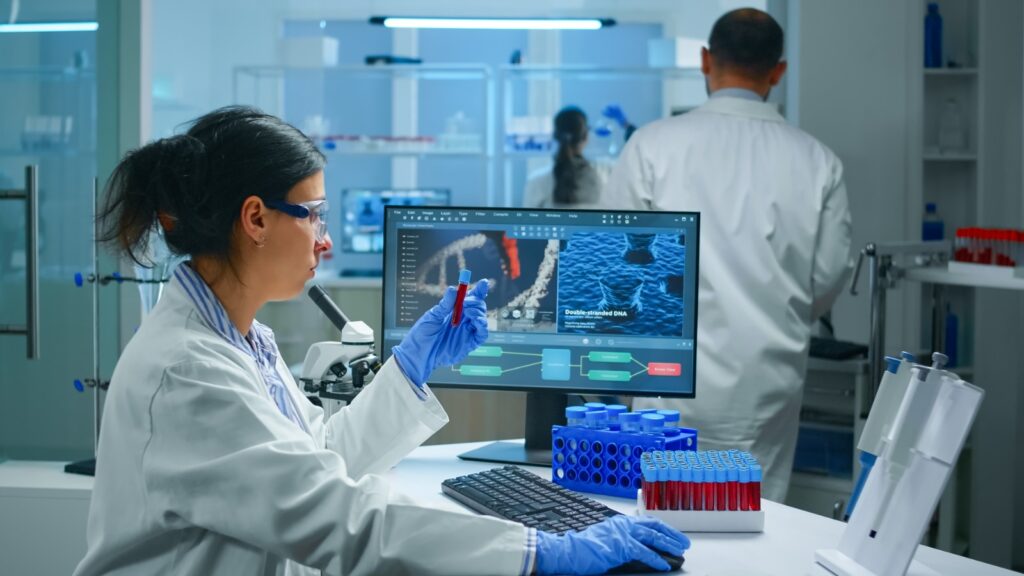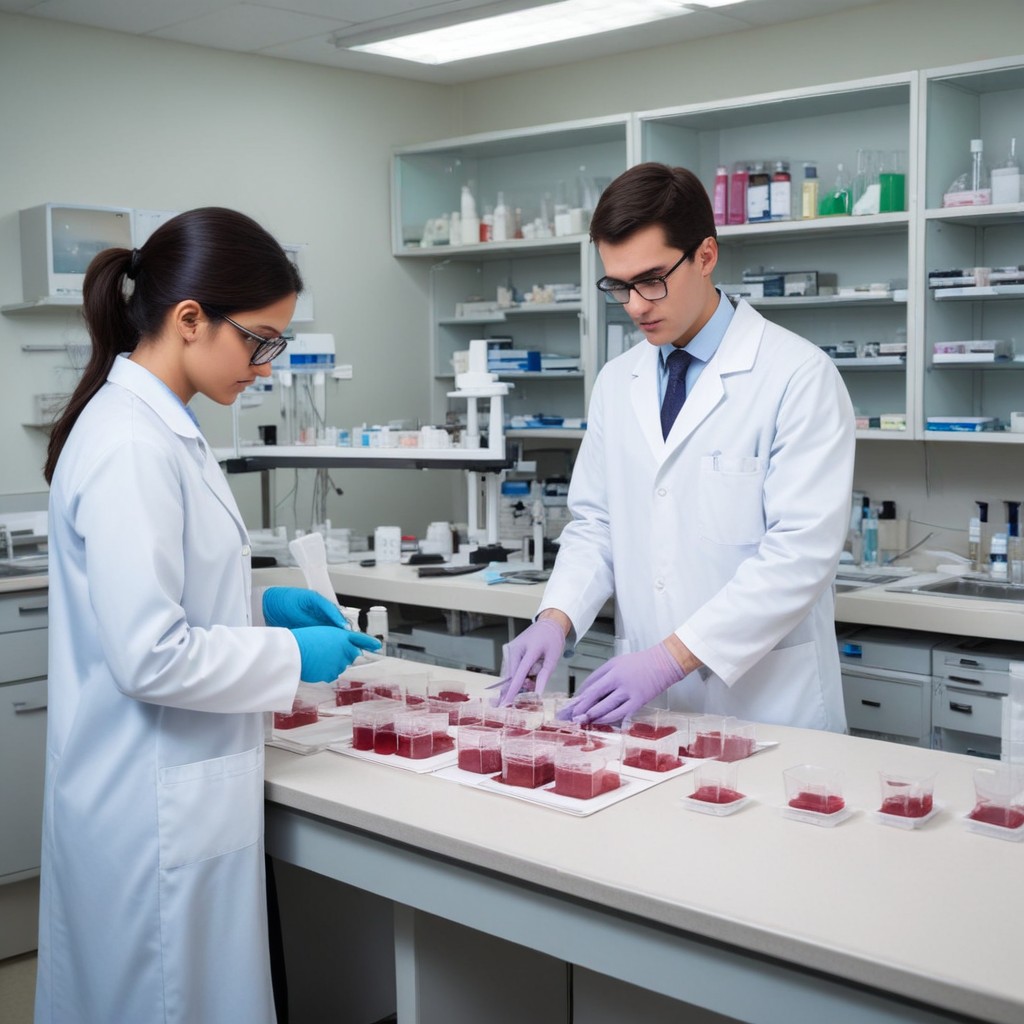They are the same, is the response. It was initially known as an EMI scan after the company invented and created the technology, rather than a CAT-Scan or CT-Scan. To create cross-sectional (tomographic) pictures—virtual “slices” of certain sections of a scanned item—the equipment uses computer-processed combinations of several X-ray images collected from various angles. This diagnostic allows the user to view the object without having to cut it.
- Thus, CAT and CT scans refer to the same diagnostic testing.
- Direct medical operations include radiation therapy, biopsy, and surgery
- Identify and keep an eye out for illnesses and ailments such as liver masses, lung nodules, heart problems, and cancer.
- Track the efficacy of specific therapies, like cancer treatment
- Identify internal bleeding and injuries
CT Angiography (Computerized Tomography) Scan
A contrast substance injection into your blood arteries combined with CT scanning is used in Computed Tomography Angiography (CTA) to detect and assess blood vessel disease and associated disorders, including aneurysms or blockages. During the operation, a contrast substance is injected into the circulation to make the blood vessels under examination stand out by appearing brilliant white.
If you have a blood vessel abnormality in your brain, heart, lungs, kidneys, or any other body region, your doctor could advise a CTA scan. Among the justifications for a CTA are:
- To search for aneurysms or plaque in the artery walls
- Unusual blood vessel development in the brain
- Determine which blood arteries are injured, have tumours, or have blood clots.
How Does CT Scanners Function?
To be more precise, they employ a small X-ray beam that revolves around a single body component. This offers many photos taken from various perspectives. Using this data, a computer generates a cross-sectional image. This two-dimensional (2D) scan displays a “slice” of the inside of your body, similar to one piece in a loaf of bread.
Several slices are produced by repeating this technique. The computer layers these images on top of one another to create a comprehensive picture of your organs, bones, or blood arteries. To prepare for surgery, a surgeon can use this kind of scan to examine a tumour from all angles.
What Goes Into a CT Scan?
An AA radiology clinic or hospital would likely provide you with a scan. Your doctor would advise you to fast for a few hours before the surgery. It could also be necessary for you to take off any jewellery and wear a hospital robe.
A radiology technician will be responsible for the CT scan and other diagnostic facilities. During the exam, you will lie on a table in a big CT machine like a doughnut. The X-rays circle your body as the table slowly passes through the scanner. A buzzing or whirring sound is typical. We urge you to remain still since any movement will cause the picture to become blurry. Sometimes, you may have to hold your breath.
What Is A Contrast-Enhanced CT Scan?
These dyes improve the final CT scan pictures’ contrast and sharpness, enabling a more precise diagnosis. Nevertheless, there are some dangers connected to the use of contrast agents. For instance, there is an increased risk of allergic responses to the dyes, and their effects on the kidneys are particularly detrimental. However, you will constantly be exposed to radiation during a CT scan, and a contrast-enhanced scan might provide better findings than one without. Additionally, it could avoid the need for a second scan.
Conclusion
You are subjected to short exposure to ionizing radiation during a CT or CTA scan. Radiologists use the least amount of radiation to get the necessary medical data. Inform your doctor if you are expecting. While there is little chance that the radiation from a CT scan will harm your kid, your doctor could suggest an MRI or ultrasound instead to save your child from radiation exposure.
Kindly remove any body jewellery and leave all valuables and piercings at home. Additionally, before your exam, please check with your doctor to see whether you can eat, drink, and take your prescribed medicines. For more updates, get in touch with Dr. Vaya’s lab.





